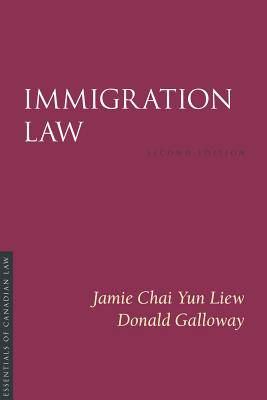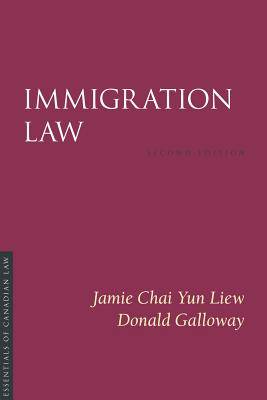
- Retrait gratuit dans votre magasin Club
- 7.000.000 titres dans notre catalogue
- Payer en toute sécurité
- Toujours un magasin près de chez vous
- Retrait gratuit dans votre magasin Club
- 7.000.0000 titres dans notre catalogue
- Payer en toute sécurité
- Toujours un magasin près de chez vous
Description
Canadian immigration and citizenship law has been subject to frequent and seemingly frenzied revision and reformulation by the government of the day as it attempts to identify the country's social, economic, and demographic needs and to respond to perceived threats to its sovereign control over Canada's borders.
This book builds upon the first edition as an introductory guide to immigration, refugee, and citizenship law. Its aim is to provide an overview, or a starting point, both for those who want to investigate the mechanics of Canada's immigration regime and for those who want to assess, critique, or question the aims and impacts of the law.
The book is divided into four parts. Part 1 provides context and delves into the sources and evolution of Canadian immigration law. Part 2 examines status in Canada, identifying how persons may obtain, keep, and lose temporary or permanent status. Part 3 discusses the devices that the Canadian government uses to enforce immigration law. Part 4 examines judicial supervision of government action under the immigration regime, and in particular judicial review and constitutional challenges.
Anyone interested in the general shape and sense of Canada's immigration law and policy, in its evolution, and in the issues that will dominate the field in the future, will want to read this book.
Spécifications
Parties prenantes
- Auteur(s) :
- Editeur:
Contenu
- Nombre de pages :
- 768
- Langue:
- Anglais
- Collection :
Caractéristiques
- EAN:
- 9781552213926
- Date de parution :
- 06-08-15
- Format:
- Livre broché
- Format numérique:
- Trade paperback (VS)
- Dimensions :
- 152 mm x 226 mm
- Poids :
- 997 g

Les avis
Nous publions uniquement les avis qui respectent les conditions requises. Consultez nos conditions pour les avis.






